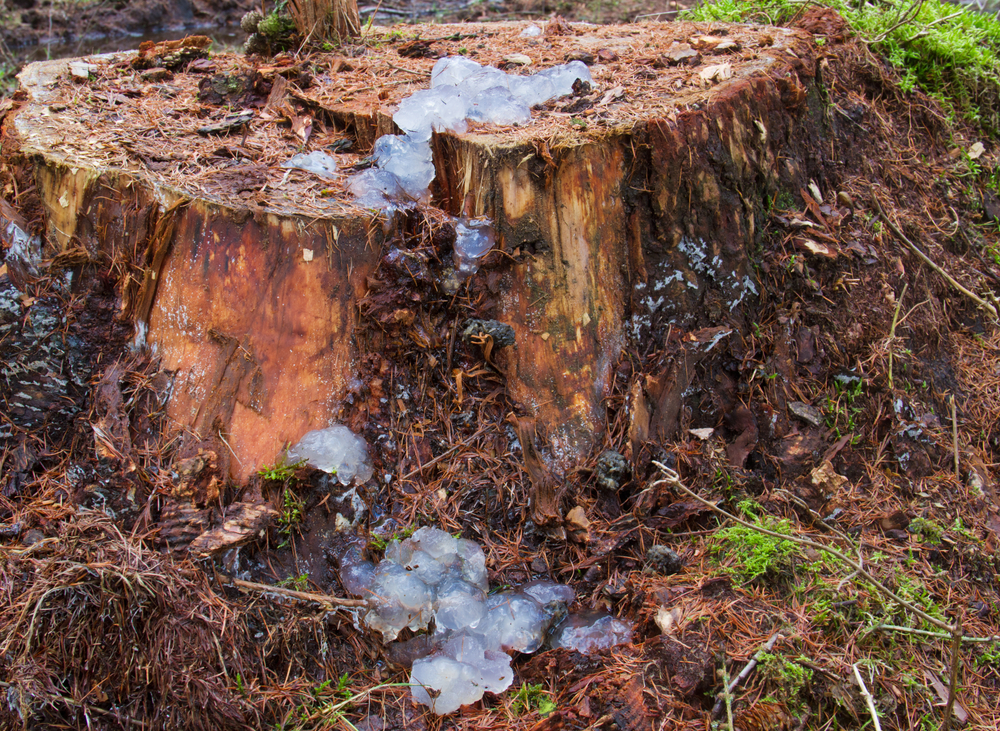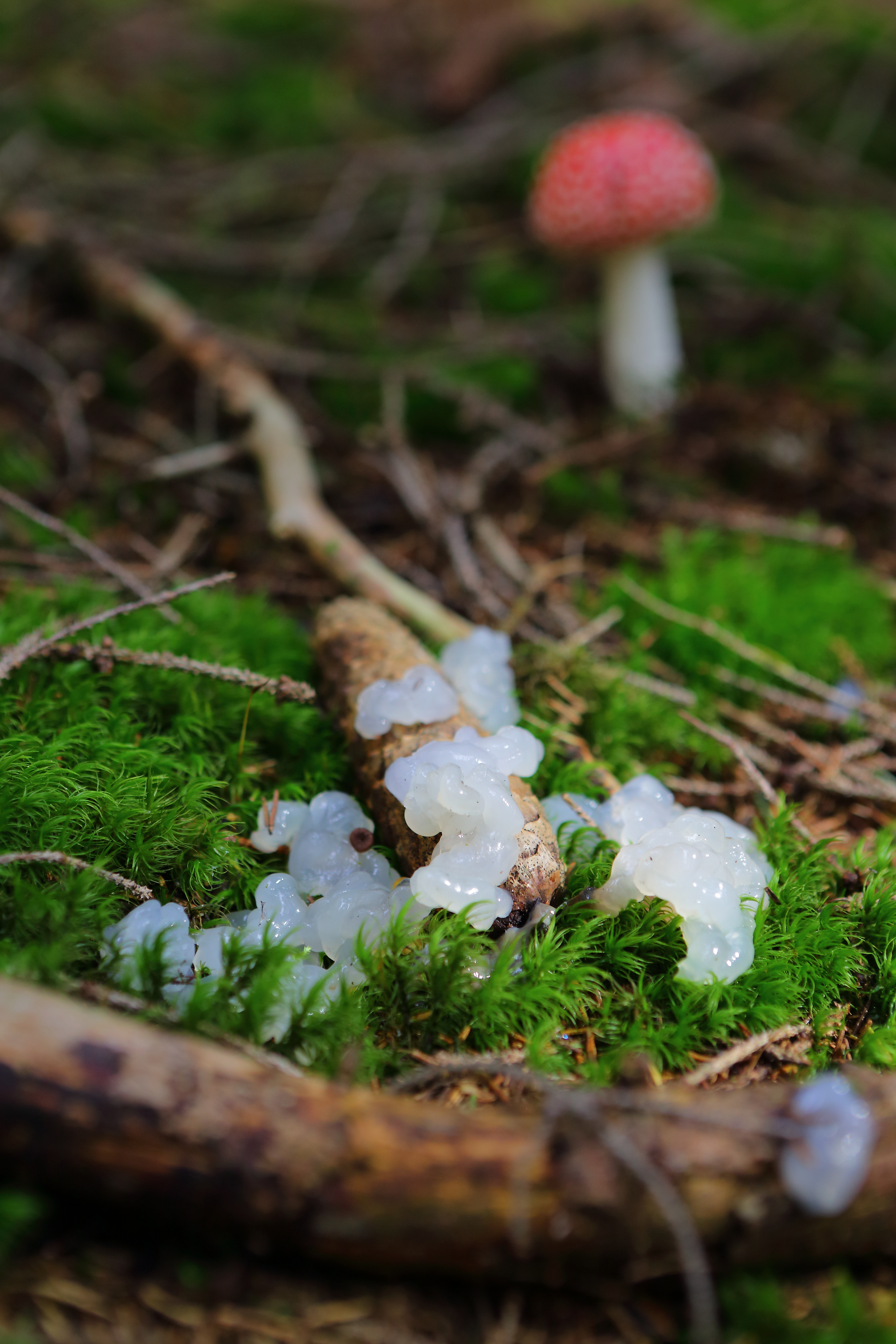We all know what happens when a meteorite breaks apart as it passes through the heavens, right? Of course we do. The parts of the celestial object that fall to Earth accumulate as a translucent gelatinous substance that evaporates soon after it appears, leaving no trace of its existence.
While this may sound like a description from a sci-fi story, it is actually based on a very real substance that has fascinated and baffled people for a long time. For centuries, people from across the UK, Europe, and later the US have discovered what has been called “astromyxin”, “star jelly”, “astral jelly”, “star rot” or something similar, in fields and marshes. But while it was always thought to be a product of the heavens, the source of this gooey mass has a very terrestrial origin, one that is a little gory.
A splattering of history
Accounts of star jelly are not rare; in fact, descriptions of the substance have appeared in various sources, from folklore and art to natural histories. Discoveries of the snot-like stuff have been reported by both lay people and learned individuals alike.
In most cases, someone witnesses a shooting star and then stumbles across an unknown substance in a field. Such discoveries usually occur at dawn, and whatever has been found typically disappears soon after.

You can understand why people might be puzzled by the sight of this stuff.
Image credit: Matauw/Shutterstock.com
In the 13th century, John of Gaddesden, a medieval physician, described what he called stella terrae (“star of the Earth”) in one of his medical texts. According to his writing, it was “a certain mucilaginous substance lying upon the earth” that could be used to treat particular ailments, such as abscesses.
Later, in 1619, Robert Fludd, a physician and mystic, described how he had witnessed a meteor falling from the sky. He searched for its remains and, so the story goes, came across a mass of white slippery stuff containing black dots the next morning. This, he believed, was his shooting star.
Similarly, in 1656, the metaphysical poet Henry More reportedly explained that “the Starres eat those falling Starres, as some call them, which are found on the earth in the form of a trembling gelly, are their excrement”.
Even in the 20th century, people reported coming across the substance. In several accounts, the jelly appeared to fall from the sky onto unfortunate residents, as was said to have happened in Reading, Massachusetts in 1983. Similarly, in 1995, a jelly-like substance was allegedly found in a garden in Oxfordshire, England, and was so abundant that it could “fill a kettle”.
It is even possible that the phenomenon was known to non-European/Western people too. During the 1950s, Francis Huxley, the British botanist, reported that the Urubu people of Brazil believed that stars sometimes fell from the sky. He claimed to have come across one himself while exploring the jungle – it was a soft blue jelly-like substance.
What the sludge?
Obviously, star slime has nothing to do with actual meteorites or stars. We know that most meteors are made of rock and ore and, if any of them pass into our atmosphere, they quickly become super-heated. There is no way a gelatinous substance could ever survive such conditions.
Still, for as long as star jelly has been identified, people have attempted to explain what it is. The more naturalistic explanations – ones that do not involve falling stars – started to appear in the 17th century, during the heyday of the Scientific Revolution. Various individuals associated with the Royal Society dealt with the substance, including Robert Boyle and Christopher Merrett. The latter explained how various people thought “star-shoot” could be a fungus, some sort of ram ejaculate, or even the leftovers of “dissolved frogs”, as bones had been found among the jelly bits.
Merrett eventually decided that the jelly was indeed related to frogs and apparently demonstrated that it came from a poor amphibian that had been chewed up by cows. John Morton later reached similar conclusions in his The Natural History of Northamptonshire. He even claimed to identify blood vessels and pieces of skin within the goo.

Space goo, this is not.
Image credit: emka74/Shutterstock.com
Over the years, other explanations have been offered, which include the stuff being a byproduct of cyanobacteria, the fruiting bodies of slime molds, or something vomited up by birds and mammals. However, the most likely answer comes back to the frogs.
It is probable that star jelly does indeed comes from eviscerated amphibians that have been ripped apart and devoured by predators. As this happens, their ovum jelly is released, which then expands as it comes into contact with moisture – such as the morning dew or rain. Anyone casually examining the gloop may not see any evidence of its former owner, nor any eggs, as they would likely be eaten quickly.
So, far from being something mystical from the heavens, the mystery of star jelly probably relates to some very unfortunate amphibians. Still, the story of the substance has shown just how curious people are about unusual discoveries like this, as well as the efforts they will go to to explain them.
Source Link: “A Certain Mucilaginous Substance”: What Is The Mysterious Star Jelly?